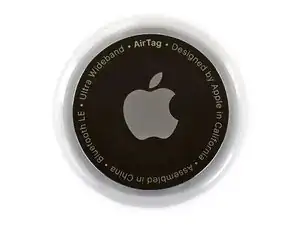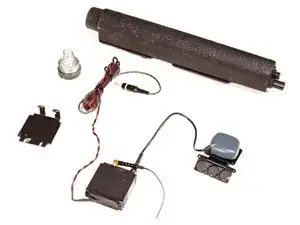Background
Tracking devices are used in a variety of personal and industrial applications, and include many popular consumer electronics. Some of the best-known are products from Samasara, AMS, Geotab, Tile, Chipolo, Orbit, TrackR, Pebblebee, Samsung, and Apple. These devices utilize different technologies such as GPS (Global Positioning System), Bluetooth, cellular networks, or a combination of these to track and monitor the whereabouts of objects or people.
Identification
Identifying a tracking device can be challenging, as they come in various forms and sizes, often designed to be discreet. However, there are certain indicators that can help in detecting their presence. Physical inspection of personal belongings or spaces may reveal unusual or unfamiliar objects that do not belong. These objects may include small plastic pucks or cards. It is important to note that some tracking devices, like fleet management devices, may be hardwired into the objects they are tracking, like bikes or cars, making them harder to detect without specialized equipment. If you are concerned that you may be tracked, consider having your local mechanic look for monitoring devices installed in your car.
In recent years, the emergence of cheap Bluetooth-enabled tracking devices, commonly known as Bluetooth trackers, has become prevalent. These devices are often used for personal belongings such as keys, wallets, or bags and are paired with a smartphone or other compatible devices. Bluetooth trackers rely on the proximity of a connected device to determine and transmit its location.
To ensure personal privacy and security, individuals concerned about being stalked or monitored may utilize smartphone apps specifically designed to scan for Bluetooth trackers in their vicinity. These applications typically offer features such as signal strength indicators and audible alerts to help locate and identify potential tracking devices.






